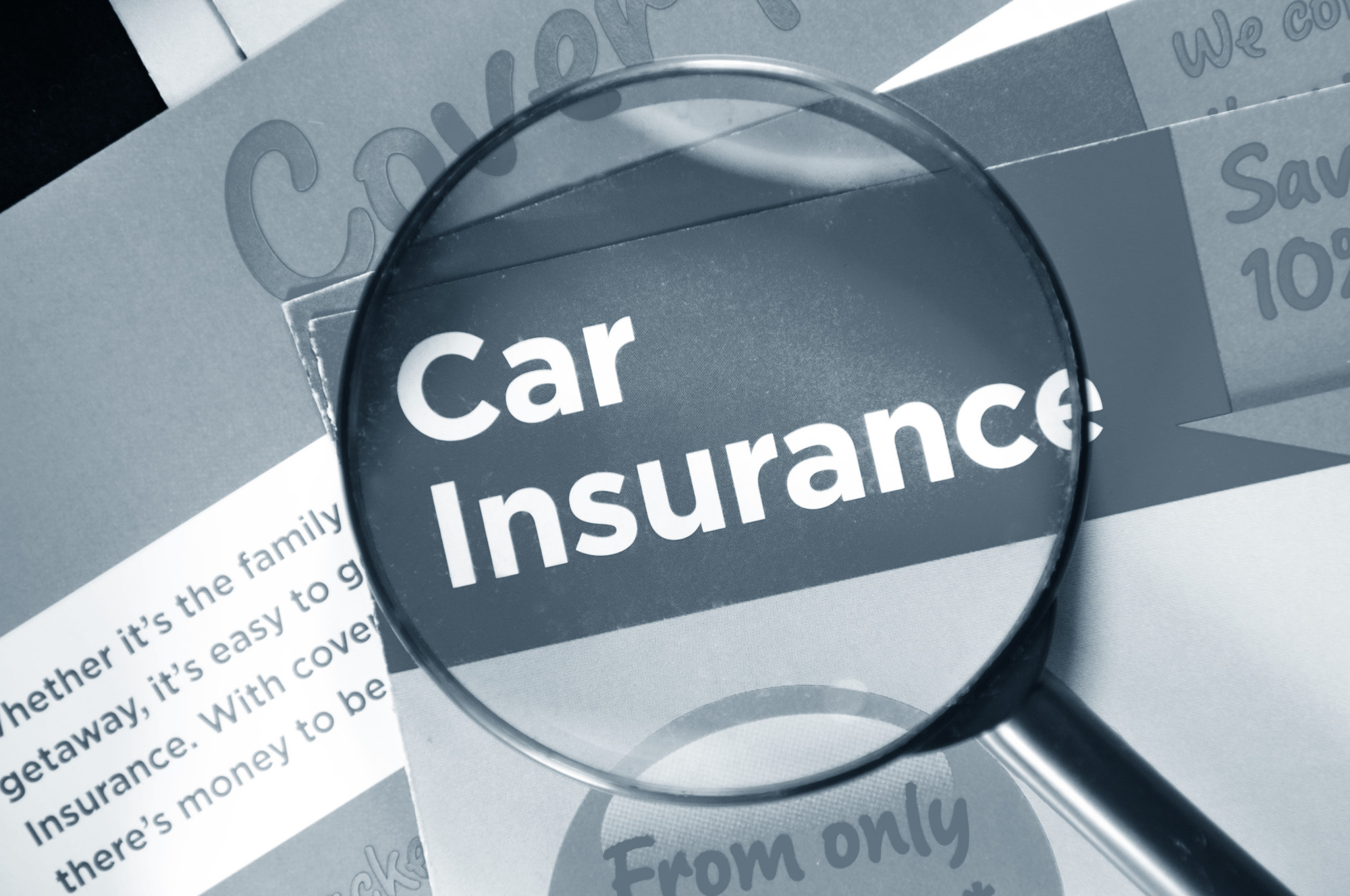
In 2016 alone, more than 17.6 million cars sold in the United States. And though each car and driver is different, they all have one thing in common: they have car insurance.
In fact, before you can register your car with the state, you’re required to have a minimum amount of insurance. This is to keep you and other drivers safe on the road.
Unfortunately, all insurance policies are different and unless you’re familiar with the types of coverage offered, you might not make the best decision for your needs. So, what does your car insurance cover?
Let’s take a look:
Liability Coverage
Liability coverage is the bare minimum insurance required to register your car. It protects you from lawsuits related to accidents you’re responsible for.
Further, it pays for damage and medical treatments for the other drivers and passengers involved. And if you run into a person’s fence, liability insurance helps pay for the repairs.
But it doesn’t cover your injuries or damage to your vehicle.
And insurance providers cap your payouts to the coverage limits specified by your policy. For example, if you have insurance that provides up to $100,000 bodily injury coverage per person and someone’s injuries cost $150,000 to treat, you’re responsible for the remaining $50,000.
Personal Injury Coverage
Since liability coverage pays for other peoples’ injuries, you’ll need a separate type of coverage to pay for your own medical treatments. This is called personal injury protection or PIP coverage.
The insurance is not required to register your car. But it’s something worth investing in.
PIP coverage pays for hospital stays, ongoing medical treatments relating to the accident, and even helps cover your lost wages if you can’t get back to work immediately.
It’s not a substitute for your regular health insurance policy. But it can help lessen the financial strain you experience if your injuries take time to heal.
Comprehensive and Collision Coverage
Your standard liability coverage helps pay for repairs to other peoples’ property. But it won’t pay for repairs for your car. To cover those expenses, you’ll need to invest in collision and comprehensive coverage.
These are supplemental insurance policies designed to keep you from paying high repair costs out-of-pocket. But they do two separate things.
Understanding Collision Insurance
Collision insurance helps pay for repairs or covers the cost of your car if it’s damaged in a collision. The collision can be with another car, motorcycle, commercial vehicle, mailbox, or lamppost. As long as it’s a collision of some kind, your policy will cover the repairs.
Understanding Comprehensive Insurance
Comprehensive coverage protects your car from all other types of damage. With this coverage, you’re protected from storm damage, theft, vandalism, falling tree limbs, and even flood damage.
Without these types of coverage, you’re responsible for the full cost of repairs to your car. Keep in mind that the more coverage you buy, the higher your car insurance rates will be.
Underinsured and Uninsured Motorist Coverage
Just because you’re responsible and insure your car with high coverage limits doesn’t mean other drivers will do the same. In fact, about 1 in 8 drivers on the road don’t have insurance at all. And far more have the lowest available coverage limits, meaning your injuries won’t get covered.
If you’re involved in an accident with an uninsured or underinsured driver, the cost of repairs and medical treatments will be yours to bear. Sure, you can press charges if they’re at fault, but there’s no guarantee that the lawsuit will result in an adequate settlement. Worse, those lawsuits can take months.
With underinsured and uninsured motorist coverage, you won’t have to worry about the other drivers on the road. If an uninsured driver hits you, this coverage will pay for your medical treatments.
And if the other driver doesn’t have enough insurance, the coverage will pay for the remaining treatments after the expenses exceed their liability coverage limits.
Gap Insurance
The value of your car drops immediately the minute you drive it off the lot. And if you’ve financed your car, this can mean trouble if it gets totaled.
Think of it this way: you finance your car for the value of the car at the time of purchase. But the car depreciates as soon as you take it out on the road. And that depreciation continues the longer you own it.
Your loan payments might not be enough to keep up with the depreciation of the car’s value. If the car gets totaled, your insurance company pays the estimated value of the car at that time. They consider mileage, overall wear and tear, and age to determine the amount of your payout.
If your loan is larger than the insurance provider’s payout, you have to pay off the rest of the loan out-of-pocket.
Gap insurance helps cover the remaining loan amount, paying off the loan in full so you can avoid having to make payments on a car you’re not able to drive.
If you own the car outright, you don’t need to worry about gap insurance. But if you’re making payments or lease your car, it’s worth investing in.
What Does Your Car Insurance Cover?
Every policy is different. Take a look at your policy or call your insurance agent and ask them to explain your policy in detail.
When you can answer the question, “what does your car insurance cover?” you’re better prepared to update your policy or buy supplemental coverage to keep you safe on the road.
Car insurance is only one of the things you need to have to keep your car in good shape. For additional tips on keeping your car running smoothly for years to come, check out our recent posts.
